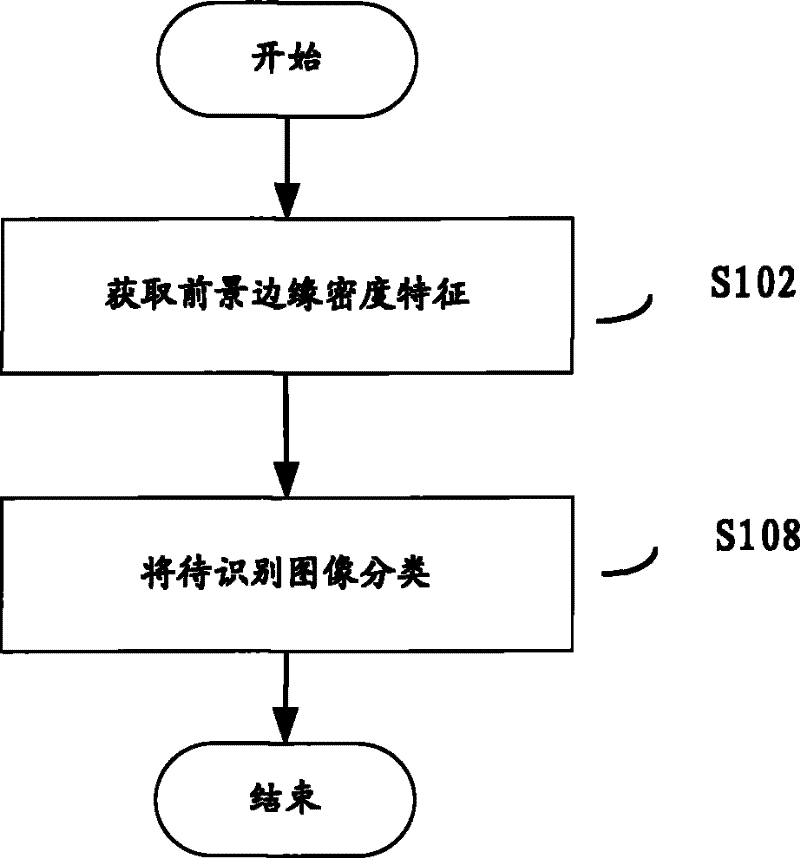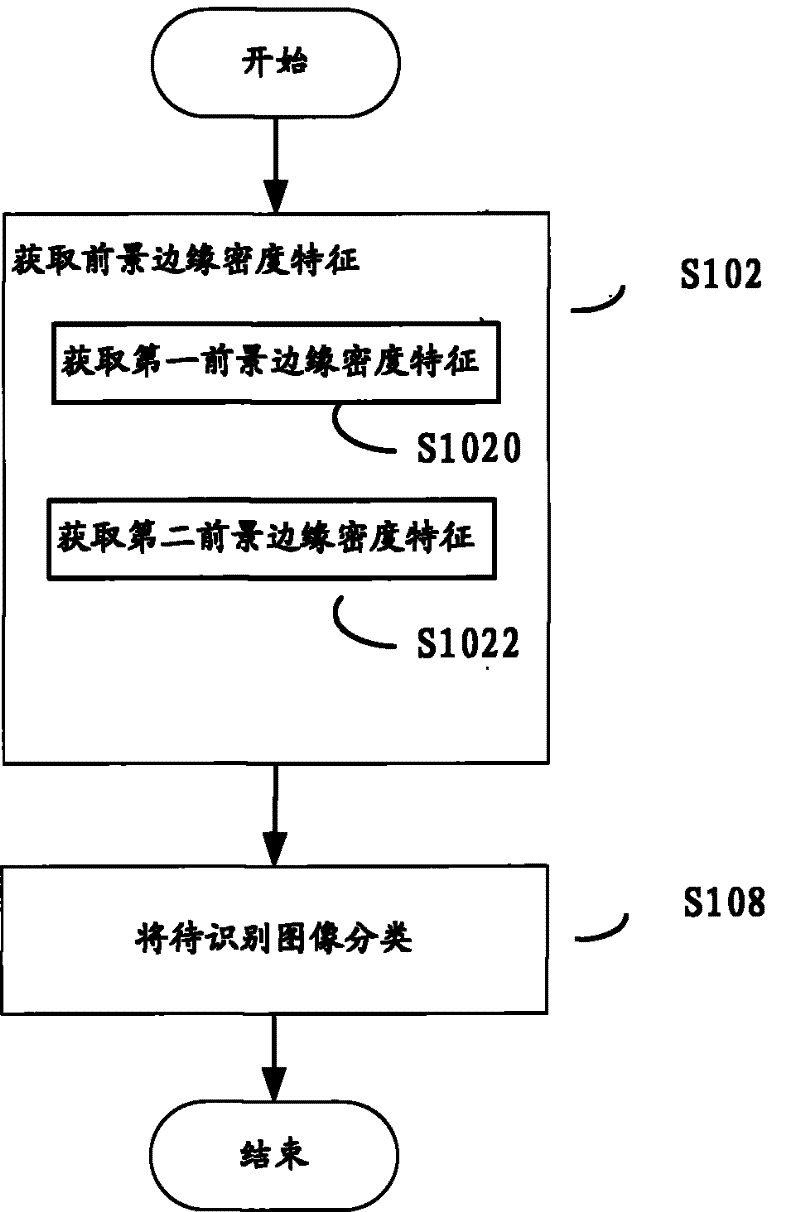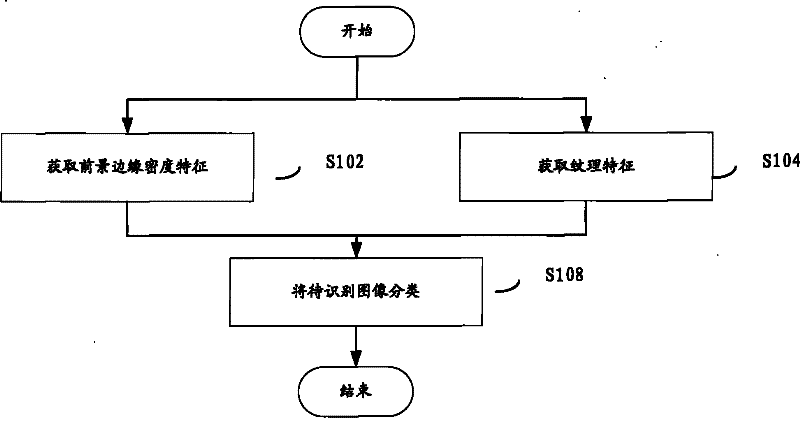Method and device for identifying icons
The technology of a recognition device and recognition method, which is applied in the field of recognition icons, can solve problems such as difficulty in character recognition and interference with recognition results
- Summary
- Abstract
- Description
- Claims
- Application Information
AI Technical Summary
Problems solved by technology
Method used
Image
Examples
no. 1 approach
[0032] The inventor has discovered through research that text is usually composed of lines, and icons may include various geometric shapes, such as solid circles, rectangles, or solid blocks of various shapes, and the like. For a line, the ratio of the number of pixels of its edge points to the number of pixels of the entire line is relatively large, while for a solid block, the ratio of the number of pixels of its edge points to the number of pixels of the solid block is small. That is to say, text images and icon images usually have different characteristics of foreground edge density. Therefore, the icon image can be recognized by utilizing this difference between the character image and the icon image.
[0033] For example, figure 1 A flowchart of an icon recognition method according to an embodiment of the present invention is shown. The method includes: obtaining the foreground edge density feature of the image to be recognized; and a classification step, wherein wheth...
no. 2 approach
[0045]On the basis of the first embodiment, the inventor further researched and found that the foreground edge density feature can be further subdivided. For example, the analysis according to the first embodiment may be performed on the foreground edge density feature of the entire image to be recognized, or the image to be recognized may be first divided into multiple parts, and the analysis according to the first embodiment may be performed on each part. The foreground edge density feature (also referred to as the first foreground edge density feature in the present invention) of the entire image to be recognized can be analyzed simply by using the method described in the first embodiment. The method for dividing an image to be recognized into multiple parts and analyzing them will be described in detail below.
[0046] The inventors have found through research that characters are usually composed of lines, and in the process of forming characters, for aesthetic considerati...
no. 3 approach
[0060] The inventors have found that text images and icon images are significantly different in terms of texture features. Therefore, such texture features can be utilized to identify icons.
[0061] Texture features can be divided into binary texture features, grayscale texture features and color texture features. These texture features are described below.
[0062] Binary Texture Features
[0063] The inventors found that text images and icon images often have different texture complexities. Therefore, icons can be identified by utilizing this difference between text and icons.
[0064] Further research by the inventors revealed that one aspect of the texture is various edges. Therefore, in order to distinguish whether the texture is complex, the edge projection feature of the image to be recognized can be used for recognition. This is explained in detail below.
[0065] In order to obtain the edge projection features, it is necessary to obtain the edge pixels of the...
PUM
 Login to View More
Login to View More Abstract
Description
Claims
Application Information
 Login to View More
Login to View More - R&D
- Intellectual Property
- Life Sciences
- Materials
- Tech Scout
- Unparalleled Data Quality
- Higher Quality Content
- 60% Fewer Hallucinations
Browse by: Latest US Patents, China's latest patents, Technical Efficacy Thesaurus, Application Domain, Technology Topic, Popular Technical Reports.
© 2025 PatSnap. All rights reserved.Legal|Privacy policy|Modern Slavery Act Transparency Statement|Sitemap|About US| Contact US: help@patsnap.com



